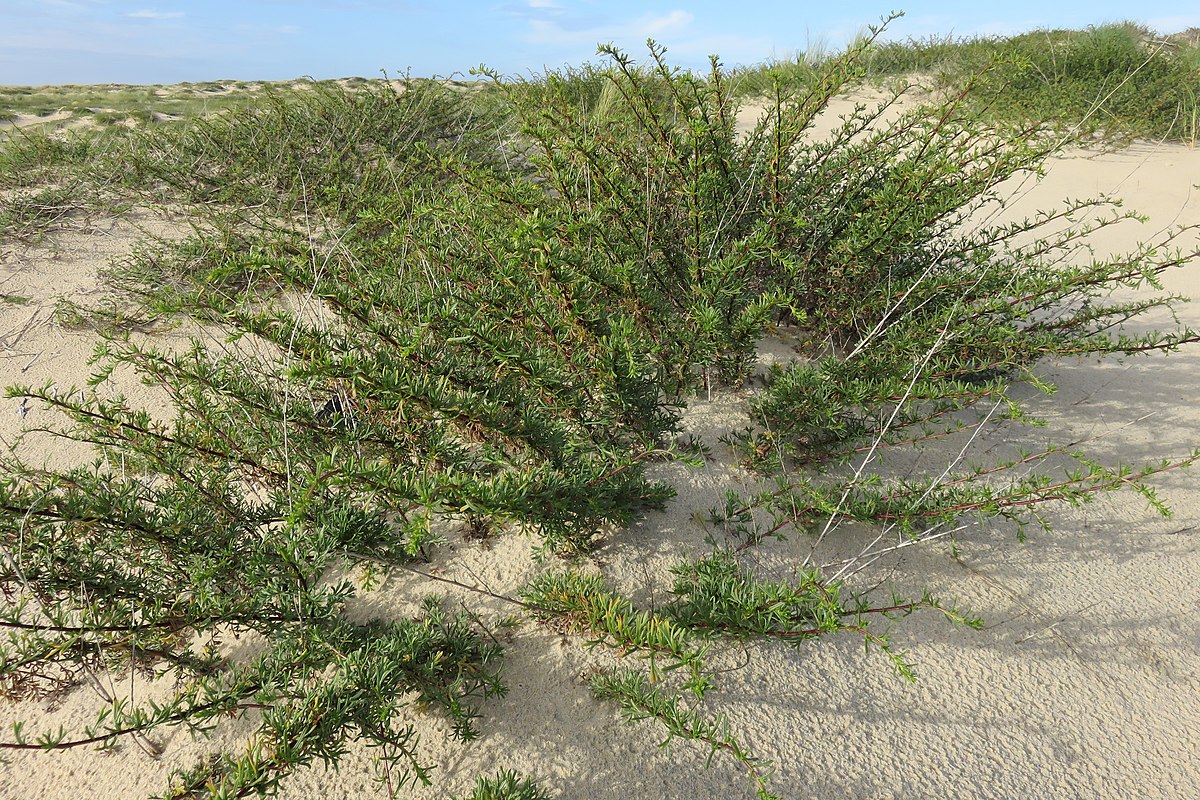Reconstitution of Oils
Reconstitutions
BMV Fragrances offers a wide array of reconstitutions of oils, resinoids and absolutes. The reconstitutions are synthetic and extracted from Oils, resinoids and absolutes from the different, unique process with the help of different natural or chemical ingredients. These reconstitutions are developed at BMV based on pervasive research and analysis of different natural and synthetic products. Many of reconstitutions can be obtained from organic materials only after processing through unique extraction techniques. They may be present in the form of leaves or extracted from plants barks or from other organisms through different methods of extraction. Through years of research and experience, BMV Fragrances can provide you all types of reconstitution oils, reconstitution of resinoids and reconstitution of absolutes.
Considerate steps are taken by BMV Fragrances to deliver the best products from all of these reconstitutions and fulfill customer demand.

Ambergris (Reconstitution)

Ambrette Seed (Reconstitution)

Amyris (Reconstitution)

Armoise (Reconstitution)

Balsam Copaiba (Reconstitution)

Balsam Peru (Reconstitution)

Balsam Tolu (Reconstitution)

Bay Oil (Reconstitution)


